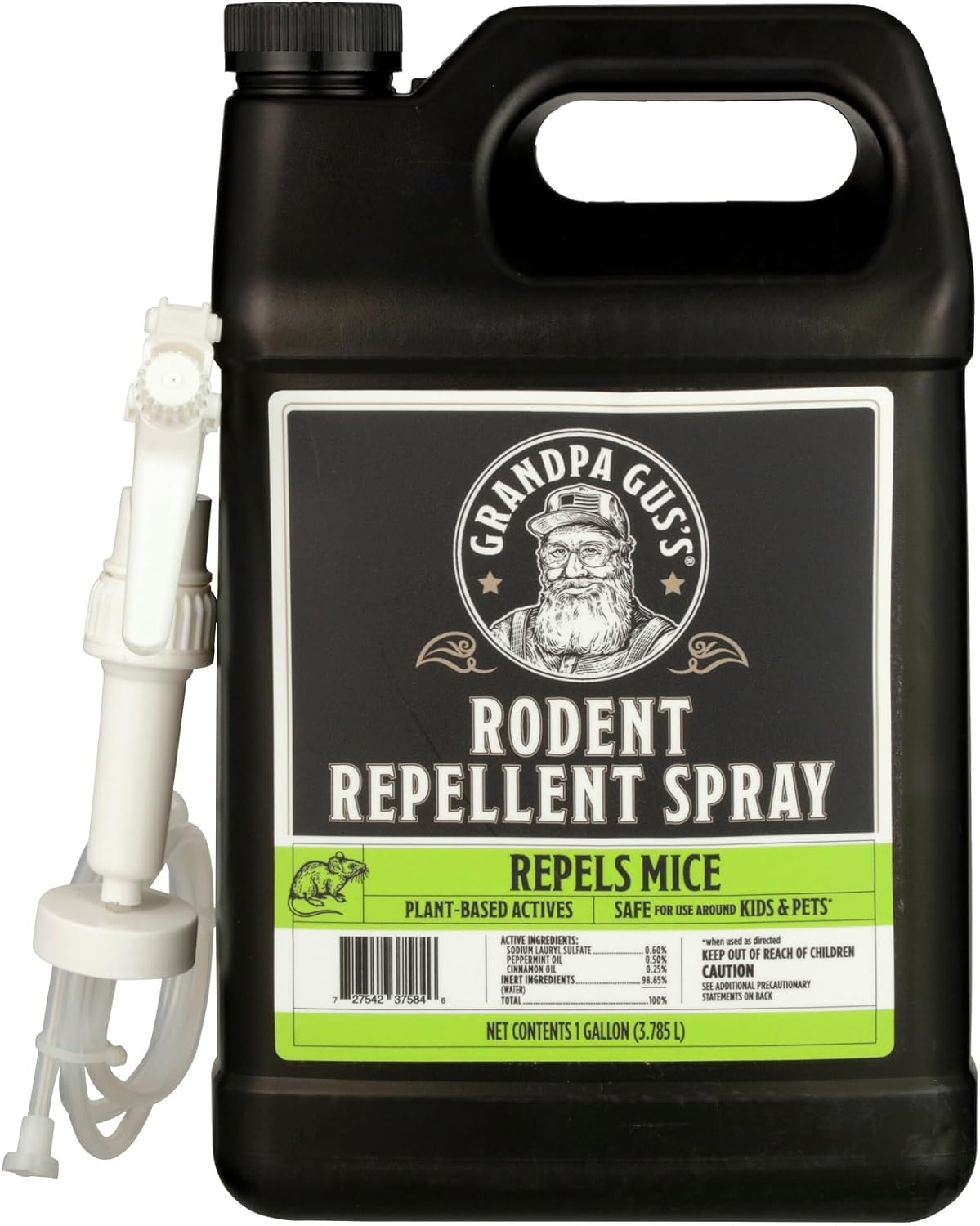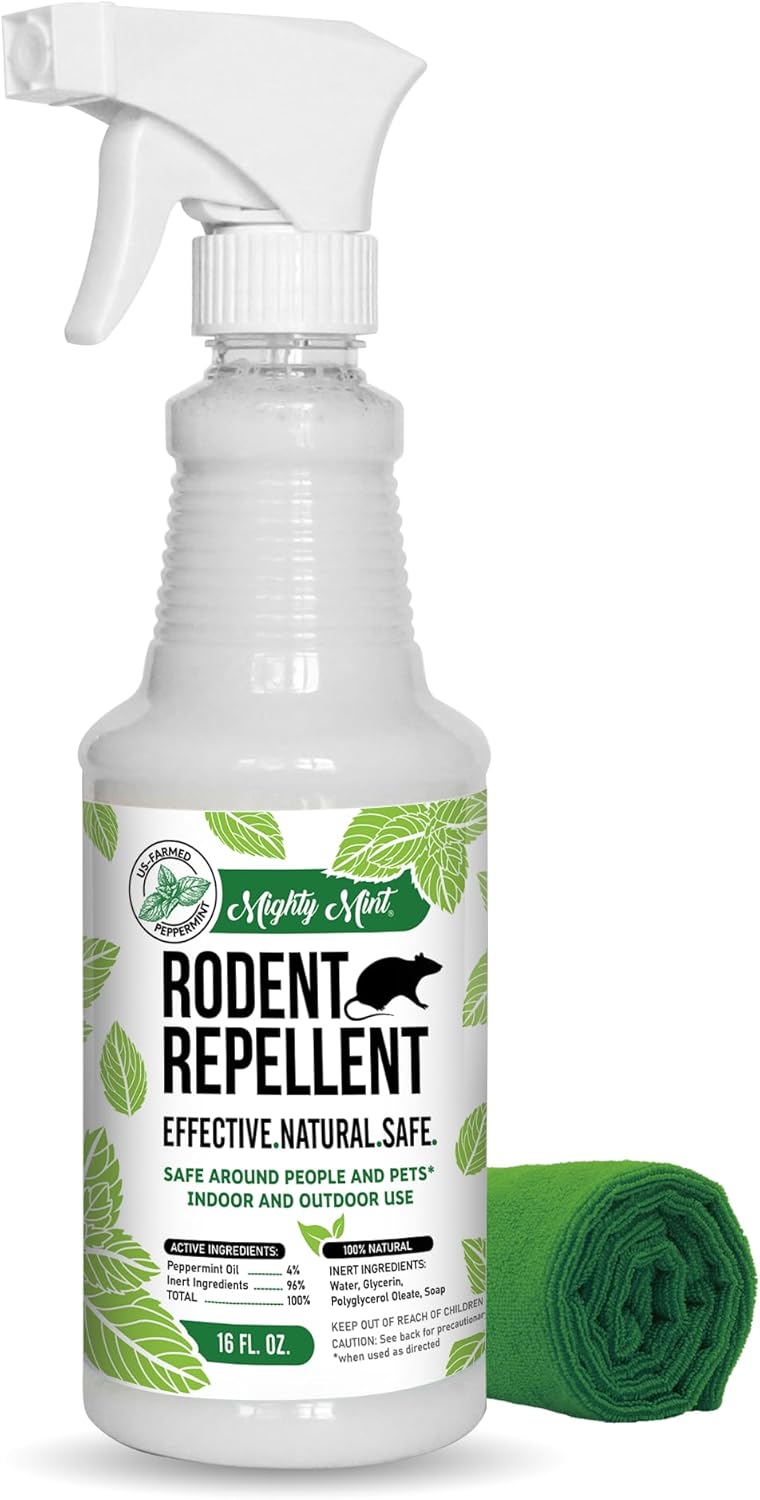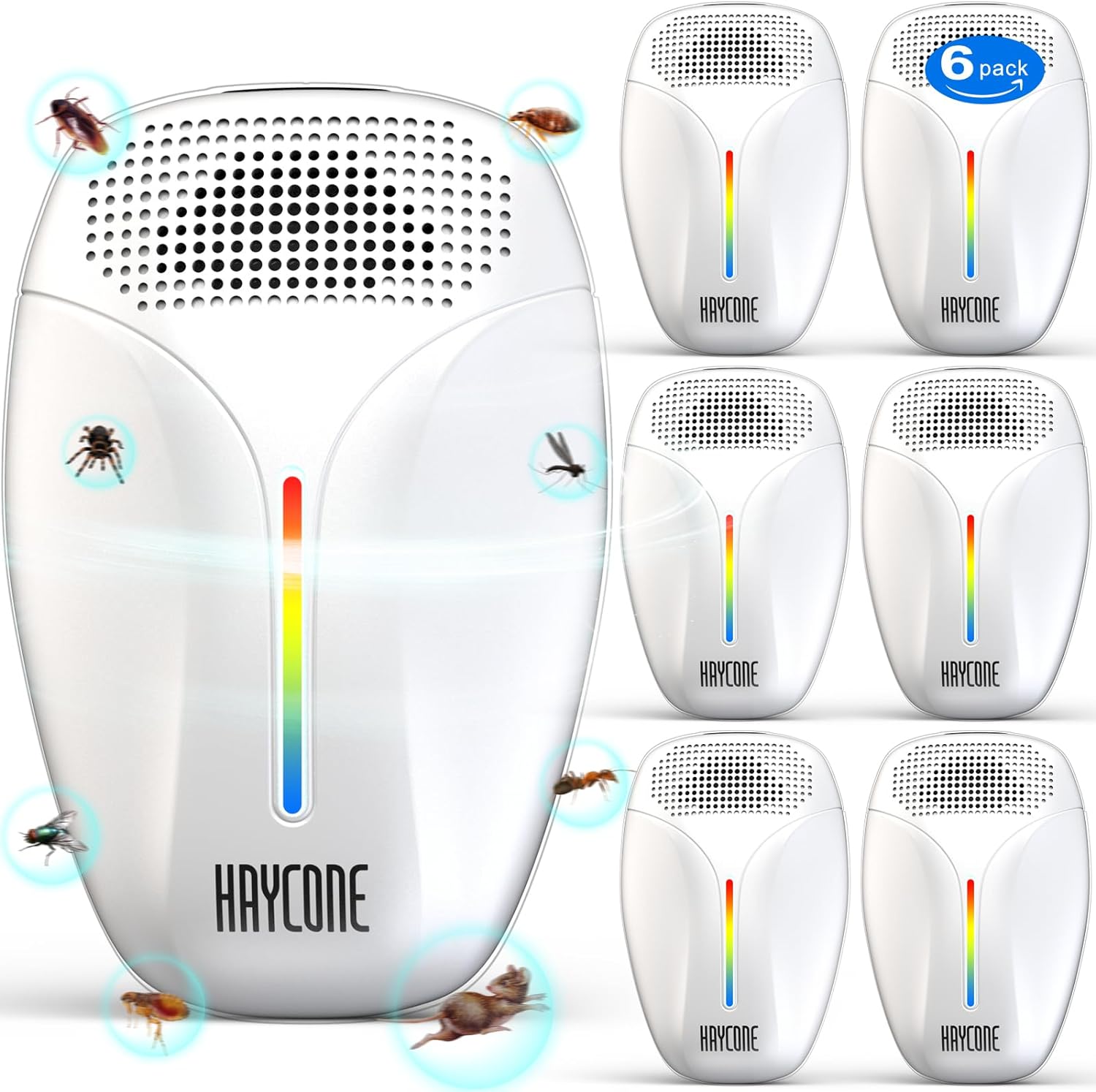Rat Control & Removal
Rats are destructive pests that can cause significant property damage and create serious health risks through disease transmission and contamination. These intelligent rodents can squeeze through small openings, reproduce rapidly, and quickly establish persistent infestations. Quick action and professional-grade control measures are essential for effective rat elimination and prevention.
Recommended Products
Grandpa Gus's Rodent Repellent
A natural repellent spray made with peppermint and cinnamon essential oils that drives away mice and rats through contact deterrence. This gallon-size formula is safe for indoor and outdoor use, providing chemical-free protection for homes, vehicles and storage areas.
- Essential Oil Formula
- Contact Deterrent
- Chemical-Free
- Versatile Application
Mighty Mint Peppermint Oil Rodent Repellent
This powerful natural rodent deterrent uses high-grade peppermint oil from the Pacific Northwest to effectively repel mice and rats. The extra-concentrated formula comes in a convenient 16oz spray bottle, offering a humane and pleasant-smelling solution to rodent problems.
- Premium Natural Formula
- Safe & Family-Friendly
- Highly Concentrated
Haycone Ultrasonic Pest Repeller
This upgraded ultrasonic pest repeller uses advanced sound wave technology to drive away pests like ants, rodents, cockroaches, spiders, and mosquitoes. Safe for humans and pets, it provides a non-toxic, chemical-free solution for keeping your home pest-free.
- Ultrasonic Technology
- Safe & Eco-Friendly
- Wide Coverage
⚠️ Health & Safety Risks
- Disease transmission
- Food contamination
- Structural damage
- Electrical fire hazards
- Respiratory issues
🚨 When to Call a Professional
- Large infestations
- Failed DIY attempts
- Commercial buildings
- Recurring problems
- Structural concerns
🏥 Emergency Response
- Bite occurs: Seek medical care
- Food contamination: Discard affected items
- Fire risk: Contact electrician
- Child exposure: Call poison control
- Structural damage: Inspect and repair
🔍 Identification & Signs
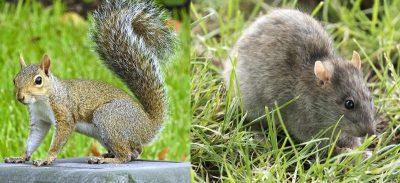
Squirrel Poop Vs. Rat Poop (Similarities & Differences)
Squirrels and rats are common pests that can infest homes and properties worldwide, causing damage and leaving behind potentially harmful…
Read More →🏡 DIY Removal Guides
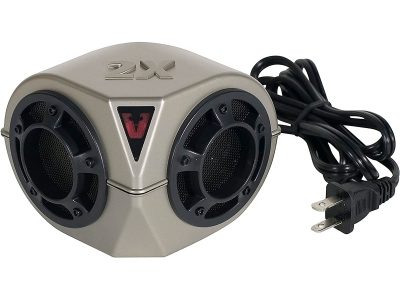
Best Rat Repellents in 2025: Complete Buyer's Guide for Indoor and Outdoor Use
Dealing with a rat infestation doesn’t always require lethal methods. Whether you’re looking to protect your garden, home, or vehicle…
Read More →🔬 Professional Solutions & Products
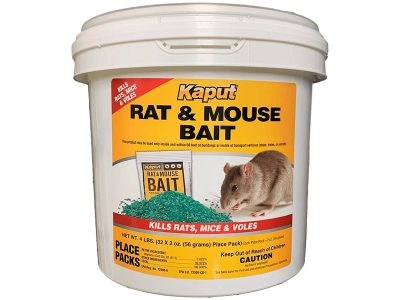
Best Rat Poisons and Baits in 2025: Complete Buyer's Guide
Dealing with a rat infestation requires effective tools and the right approach. This comprehensive guide explores the most powerful rat…
Read More →🔍 Signs of Infestation
- Droppings present
- Gnaw marks
- Grease marks
- Burrow holes
- Night noises
🏠 Common Entry Points
- Foundation gaps
- Utility entries
- Door gaps
- Roof intersections
- Vent openings
Frequently Asked Questions
How do I know if I have rats?
Look for droppings (about 3/4 inch long), gnaw marks, grease marks along walls, burrow holes near foundations, and night activity. Fresh droppings indicate active infestations.
What attracts rats to my home?
Food sources, water, shelter, and easy access points attract rats. Poor sanitation, open garbage, pet food, and cluttered spaces create ideal conditions for rats.
How do rats get in houses?
Rats can enter through holes as small as 1/2 inch, including gaps around pipes, under doors, through vents, and damaged areas of buildings.
Are rats dangerous?
Yes, rats spread diseases through droppings, urine, and parasites. They can contaminate food, cause fires by chewing wires, and damage structures.
How quickly do rats multiply?
Female rats can have 4-6 litters annually with 6-12 pups each. One pair can produce up to 1,250 offspring in one year under ideal conditions.
What's the best way to get rid of rats?
Effective control combines sanitation, exclusion, proper trap placement, and often professional-grade baiting systems. Address all potential food sources and entry points.
Do ultrasonic repellents work?
Scientific evidence doesn't support ultrasonic device effectiveness. Physical control methods, exclusion, and proper sanitation are more reliable.
How do I prevent rats?
Seal entry points, maintain cleanliness, store food properly, remove water sources, trim vegetation, and eliminate harborage areas near buildings.
Will rats leave on their own?
No, rats rarely leave established territories unless forced out. They require active control measures for elimination.
How long does rat control take?
Initial control typically takes 2-4 weeks, but complete elimination and prevention may require several months of monitoring and maintenance.
